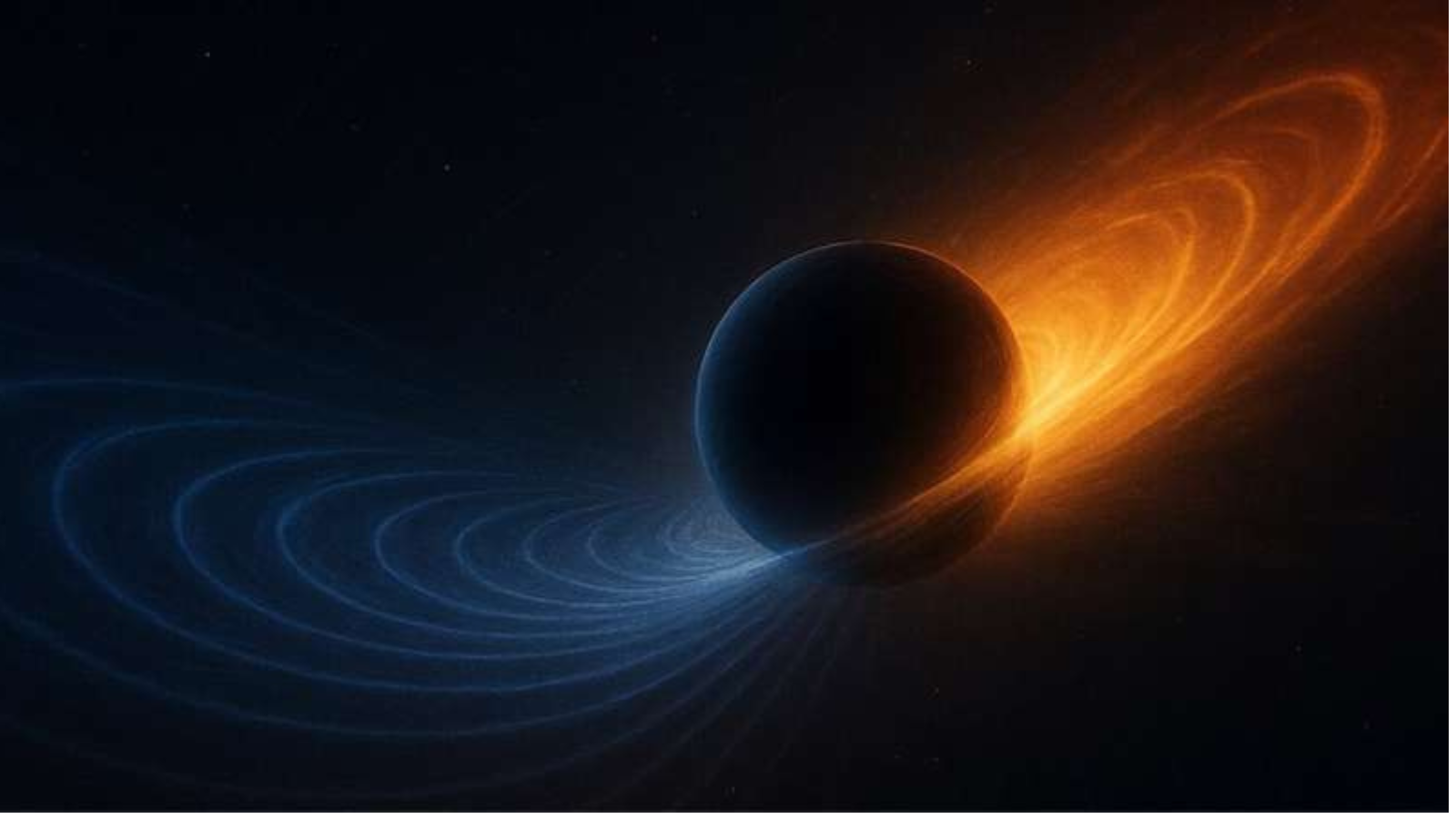Rocket Failure A Major Setback for Indian Space Program

BANGALORE, India ? India?s space programsuffered a major setback Thursday when the maiden flight of a satellitelauncher outfitted with the nation?s first home-built cryogenic upper stageveered off course, sending its payload ? the experimental GSAT-4 communicationssatellite ? into the sea.
The Geostationary Satellite Launch Vehicle(GSLV) lifted off at 4:27 p.m. local time from the SatishDhawan Space Centre on India?s southeastern coast andreached an altitude of 65 kilometers before plunging downward. Telemetry waslost about 8 minutes into the flight that was expected to last 20 minutesuntil payload separation.
Indian Space Research Organization (ISRO)Chairman K. Radhakrishnan said in a televisedstatement that the first two stages performed well and that the rocket?scryogenic third stage also might have fired, but that the launch was done in bya failure of the upper stage?s two vernier controlmotors to ignite. However, at a subsequent press conference, Radhakrishnan said it was not certain that the rocket?supper-stage engine fired during the ill-fated flight.
?A detailed failure analysis will be carriedout,? Radhakrishnan said. ?We will put all efforts toensure that the next flight with the indigenous cryogenic engine takes placewithin a year.?
ISRO has spent 3.36 billion rupees ($76million) over the last 17 years developing a domestic alternative to theRussian-built cryogenic upper stage used on the GSLV?sfive flights since 2001.
ISRO began its program to develop and buildits own cryogenic engine in 1993 after Russia ? under pressure from Washington? refused to transfer the technology.
The April 15 launch failure is likely toimpact the proposed 2012 launch of the Chandrayaan-2lunar orbiter mission and planned communication satellite launches.
Breaking space news, the latest updates on rocket launches, skywatching events and more!
The cryogenic stage was built at ISRO?sLiquid Propulsion Systems Centre in the southern state of Tamil Nadu. Nambi Narayanan, a former head of the center who wasinvolved in the development of the cryogenic engine told Space News thatthe likely cause of failure is an explosion that can occur during a so-calledhard start when a rich mixture of fuel and oxidizer is suddenly ignited in thevacuum of space. While the cryogenic engine had been extensively tested andreviewed by experts within and outside ISRO it was not tested in conditionssimulating high altitude, he said.
The GSAT-4 satellite that fell into the IndianOcean carried a Ka-band transponder and a payload for a GPS-aidednavigation system for civil aviation.
The failed GSLV launch originally wasintended to carry the Tel Aviv University Ultraviolet Explorer (TAUVEX) spacetelescope under a 2003 agreement between ISRO and the Israel Space Agency, butwas subsequently manifested for a later GSLV flight.
?With hindsight I am obviously relieved thatit (TAUVEX) remained safely on the ground,? Noah Brosch,principal investigator for the mission told Space News in an e-mail. ?Ihave no idea when the alternative launch will happen; I understand that this isbeing discussed by the Indian Space Research Organization and by the IsraelSpace Agency. From my part, and on behalf of my scientist colleagues, Icertainly hope that the launch will take place shortly so that the Indian andIsraeli astronomical communities would benefit from the data gathered byTAUVEX.?
Brosch said that he and hisTAUVEX colleagues watched the launch on their computers. ?We prayed for asuccessful launch but instead saw the launch failure as it happened. Weunderstand that such happenings are encountered by every nation that developslaunchers and satellites in the early stages of a program and are to beexpected.?
- The Best Manned Spacecraft
- Designsfor India's First Manned Spaceship Revealed
- Video- Chandrayaan-1: India's First Moonshot
Join our Space Forums to keep talking space on the latest missions, night sky and more! And if you have a news tip, correction or comment, let us know at: community@space.com.
Dr. Killugudi S. Jayaraman holds a PhD in nuclear physics from the University of Maryland and a master’s degree in journalism from the Medill School of Journalism at Northwestern University. According to the Biotech Times, Dr. Jayaraman played a critical role in Indian science journalism, placing Indian science on a global platform. He was the first Science Editor of the Press Trust of India (PTI), editor of Nature India and Science Editor with IANS. His work can be found in many Indian and international publications.
